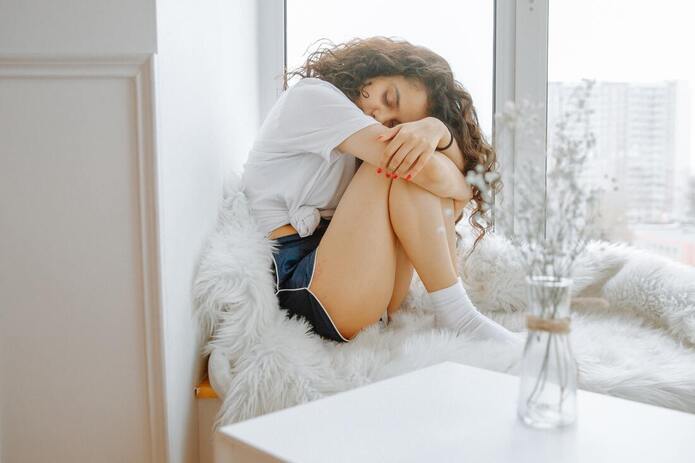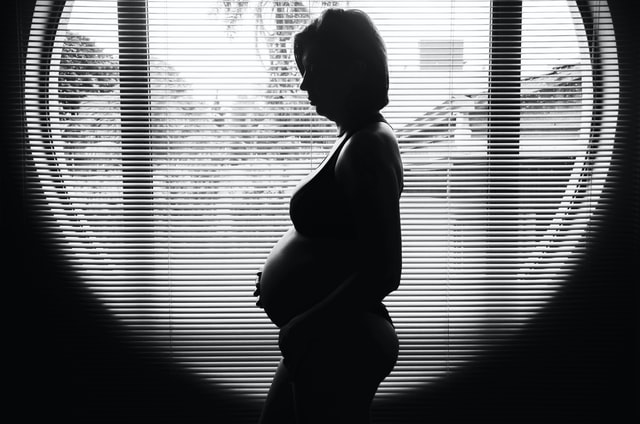Regular Exercise for Irregular Menstrual Cycles: Managing PCOS
Ramping up physical activity through exercise tends to aid with the management of many lifelong disorders, including heart disease, anxiety, diabetes, and high blood pressure. Fortunately, for people living with polycystic ovarian syndrome (PCOS), a disease that harms the female reproductive system, this lifestyle change appears to be an effective start at managing symptoms as well.
PCOS is an endocrine disorder, which means that it affects the function of hormones. These are signals that tell different parts of the body what to do at different times; when their balance is thrown off, the internal clocks of many bodily functions are, too. For example, PCOS increases the levels of the hormone androgen, which helps regulate hair growth and ovulation.
This explains why one of the most notable symptoms of PCOS is missing or having irregular menstrual cycles. Also known as a period, a menstrual cycle occurs when the female reproductive system sheds the lining of the uterus following ovulation, causing bleeding and other symptoms from anywhere between three to seven days. Normally, this cycle repeats every 21–28 days. However, in an individual with PCOS, the body cannot regulate periods properly because of its heightened androgen levels, leading to extremely long cycles that come every 35 or more days.
PCOS is an endocrine disorder, which means that it affects the function of hormones. These are signals that tell different parts of the body what to do at different times; when their balance is thrown off, the internal clocks of many bodily functions are, too. For example, PCOS increases the levels of the hormone androgen, which helps regulate hair growth and ovulation.
This explains why one of the most notable symptoms of PCOS is missing or having irregular menstrual cycles. Also known as a period, a menstrual cycle occurs when the female reproductive system sheds the lining of the uterus following ovulation, causing bleeding and other symptoms from anywhere between three to seven days. Normally, this cycle repeats every 21–28 days. However, in an individual with PCOS, the body cannot regulate periods properly because of its heightened androgen levels, leading to extremely long cycles that come every 35 or more days.
Image Source: Polina Zimmerman
Chronic inflammation—which is long-term overactivity of the body’s defense mechanism, the immune system—has been shown to cause the ovaries to produce too much androgen over time. Because of this, inflammation can be used as a marker for if an individual has PCOS. As explored by a 2022 study, lowering these inflammation levels may be a key to helping treat the disorder. In the study, a group of 40 PCOS patients, ages 25-35, participated in an aerobic exercise regimen to see how it affected their inflammation levels. Half of the participants attended hour-long treadmill sessions three times a week for 12 weeks, while the other half acted as the control group and refrained from additional exercise. At the end of the study, researchers found that the group that exercised had significantly lower levels of inflammation compared to the control group. This suggests that for individuals with PCOS, exercising regularly may help to lower chronic inflammation and, as a result, curb the overproduction of androgen by the ovaries. In turn, this may aid in restoring a hormonal balance and lessening PCOS symptoms.
It is important to note that although exercise has been shown to help the management of PCOS, this approach may not completely solve the situation for everyone. Other factors, such as family history of the disorder, play a role in its development. Visiting a gynecologist—a doctor specializing in the health of the female reproductive system—is an important first step, as some patients may need medication or other procedures to treat the disease effectively. Nevertheless, lifestyle changes such as adding more physical activity to the daily routine, eating a balanced diet, and reducing stress have a bounty of health benefits in addition to alleviating inflammation for individuals with PCOS.
It is important to note that although exercise has been shown to help the management of PCOS, this approach may not completely solve the situation for everyone. Other factors, such as family history of the disorder, play a role in its development. Visiting a gynecologist—a doctor specializing in the health of the female reproductive system—is an important first step, as some patients may need medication or other procedures to treat the disease effectively. Nevertheless, lifestyle changes such as adding more physical activity to the daily routine, eating a balanced diet, and reducing stress have a bounty of health benefits in addition to alleviating inflammation for individuals with PCOS.
Featured Image Source: Cliff Booth
RELATED ARTICLES
|
Vertical Divider
|
Vertical Divider
|
Vertical Divider
|






